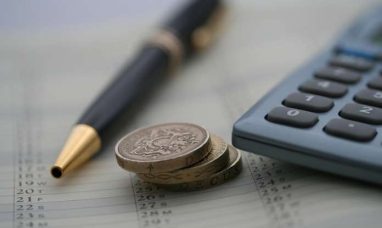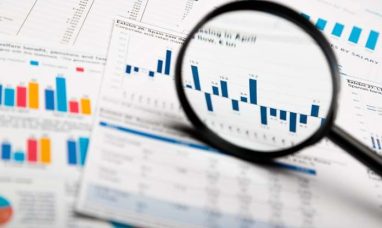At first sight, Ford’s (NYSE:F) stock appears to be undervalued. It’s easy to become enthused about the company’s move into the EV industry and give it a “strong buy” recommendation. However, in this essay, we will strive to provide investors with a more sophisticated understanding of risk and reward. We anticipate annual returns of 11% over the next decade. This, however, is a cyclical investment. “How well do I comprehend Ford’s leverage?” investors should question themselves. “What will I do if it has negative earnings during the next recession?” We believe that “buying the lightning” is a good idea if you have a strategy for the worst-case scenario.
Lightning In A Bottle
Ford has always had a memorable brand. Many rural consumers in North America live and breathe this brand, particularly its truck, the F-150.
The F-150 has been a best-seller for many years, and the brand now offers hybrid and completely electric vehicle versions. As long as oil prices stay high and government credits are available, this will undoubtedly be met by consumer demand. We believe the company has loyal consumers who have been with the company for decades, which firms like Tesla (TSLA) cannot match, particularly in the truck area. For the 2022 F-150 Lighting, this is all lightning in a bottle.
Ford’s 2022 Investor Day
We have a few critical insights after listening to the 2022 investor day. The F-150 Lighting EV is one of several interesting new products from Ford. According to management, electric car sales might account for 50% of the company’s income by 2030. They believe this plan will help them attract new consumers. We feel this is both what the market wants and the future consumer’s needs. The market is still extremely enthusiastic about EV firms such as Tesla and BYD (OTCPK:BYDDF). Ford appears to want a piece of the action. When asked about the stock’s downturn, management cited the company’s new offers and belief in its future.
Debt Doesn’t Matter Until It Does
When earnings are soaring, the market tends to get too optimistic and neglect fundamentals such as the balance sheet. Ford was in this situation until January 14th, 2022. Following that, the market’s attention was drawn to inflation and the prospect of a recession. As a result, the multinational automobile manufacturer’s stock plummeted as the fundamentals came back into focus. This, however, may not be as horrible as it looks. The company has a massive $86 billion mountain of long-term debt. Much of its long-term debt is related to its “Ford Credit” business, which provides consumer financing. “Ford Credit sponsors securitization programs that support short-term and long-term asset-backed finance through institutional investors,” according to Ford.
We admire Jim Farley, Ford’s next CEO, who will take over in 2020. He’s been de-risking the corporation by rapidly paying off debt.
As we did, you’ll notice that this debt becomes rather convoluted if you read the notes to Ford’s financial statements. We’ll defer to Moody’s, S&P, and Fitch professionals to analyze the company’s balance sheet risk. Ford has a BB+ bond rating from FitchRatings, which puts it in the junk bond category but on the cusp of being investment grade. We believe the automobile manufacturer will be alright, barring adverse economic conditions. However, if those earnings become negative during the next recession, investors may again focus on the downside. In the depths of 2020, Ford traded for $4 per share.
Long-term Returns
- We estimate Ford’s normalized earnings per share to be about $1.70. We examined the following figures to arrive at this figure: Adjusted net income, adjusted free cash flow, average profit margin, average operating margin, and an average return on assets are all measures of performance. This results in a normalized P/E of 9.7x for the stock.
Ford’s income has been stagnant since 1999, but we expect it will begin to increase again. While Statista predicts revenue growth of only 2.2% per year, we estimate it can increase revenue by 3.5% annually through 2032. The corporation is projected to increase market share as its EV, and hybrid solutions mature.
Our price forecast for 2032 is $30.5 per share, representing annual returns of 11% with dividends reinvested.
- We expect Ford’s dividend to rise at a 9.5% annual rate through 2032. Moving on to profits per share, the company should be able to increase its normalized earnings per share by 5.0% each year, reaching $2.77 by 2032. This is conceivable due to moderate revenue growth, minor efficiency gains, and incremental investment gains. Ford surely has the capacity for multiple expansions. A terminal multiple of 11x has been assigned.
Conclusion
Ford has an amazing brand and intriguing new hybrid and electric vehicle offers, which should allow it to begin sales growth after a lengthy period of stagnation. Ford can outperform the market if the economic cycle is favorable and the firm is handled responsibly. Cyclicality can be severe for automakers, and Ford investors should be well-versed in accounting, particularly regarding balance sheet leverage. We anticipate annual returns of 11%, but is the risk worth the reward? We give a “buy” rating on the shares based on the balance of possibilities.
Featured Image: Megapixl © Tupungato

















